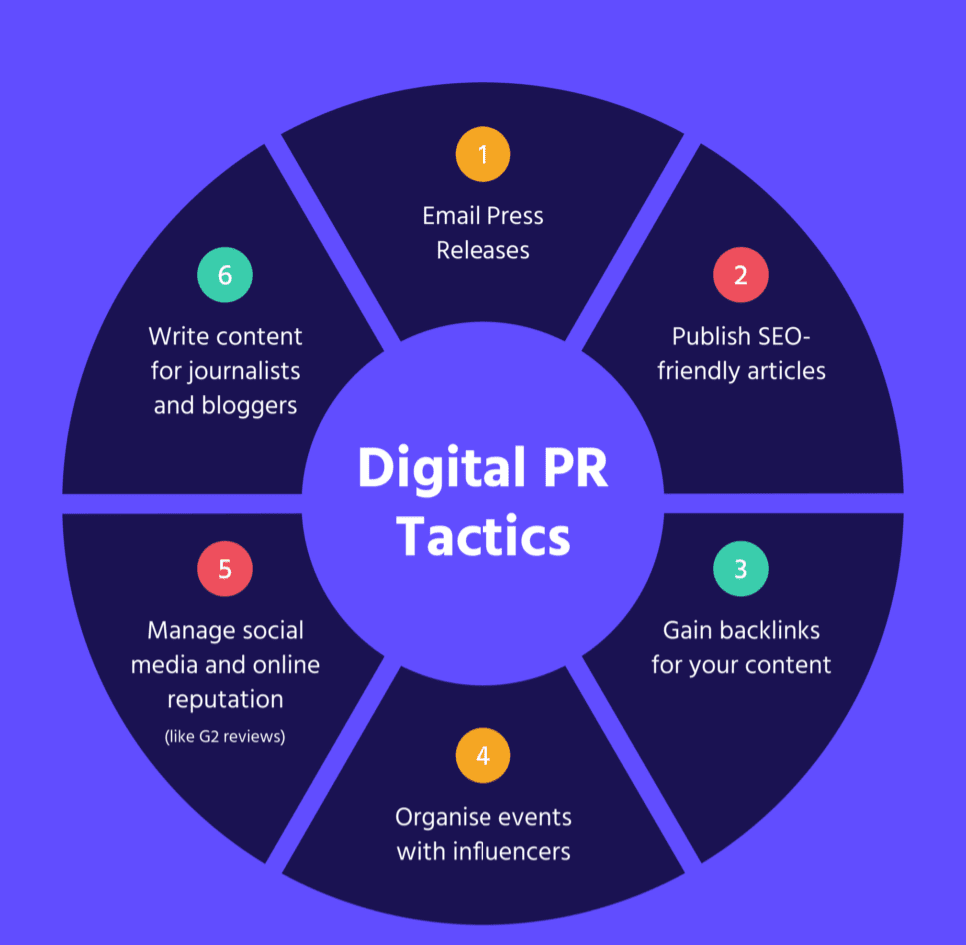How Strategic Media Partnerships Drive Brand Equity in a Distracted World

By Brutnow Team |Brutnow Media | press & Sponsored
In today’s attention-scarce digital ecosystem, brands are in a constant battle to stay relevant. With millions of messages competing for consumer focus across multiple platforms, the challenge isn’t just about visibility—it’s about trust, authenticity, and emotional connection. This is where strategic media partnerships have emerged as a powerful force in shaping modern brand equity.
The Attention Deficit Era
Consumers today are exposed to more content in a single day than previous generations encountered in an entire week. Algorithms shift daily, trends fade overnight, and audience loyalty is harder than ever to secure. In this chaotic landscape, brands that rely solely on paid ads or influencer shoutouts often find their messages lost in the noise.
A strategic media partnership—a long-term, value-driven collaboration between a brand and a credible media outlet—helps bridge this gap by combining editorial authority with brand storytelling. The result is not just exposure, but sustained credibility and emotional resonances
Beyond Advertising: The Power of Association
When a respected publication, digital platform, or media company partners with a brand, it lends symbolic capital. Consumers subconsciously associate the values of that media partner—trust, reliability, and expertise—with the brand itself.
For example, when a sustainability-driven brand collaborates with a green business magazine for a joint awareness campaign, the association immediately amplifies both purpose and credibility. Such alliances communicate values without the hard sell, influencing perception more deeply than traditional marketing can.
The Rise of Integrated Storytelling
Today’s media partnerships go far beyond banner ads or sponsored content. They integrate storytelling across platforms—digital magazines, social networks, podcasts, newsletters, and even live events.
A brand that partners with a media company gains access to multi-channel amplification, curated audiences, and content formats that inspire engagement rather than intrusion. This integrated approach keeps the message consistent while tailoring its form to fit each audience segment naturally.
Data, Trust, and Co-Creation
Strategic partnerships also enable smarter storytelling. Through data-sharing agreements, brands and media houses can co-create narratives backed by insights—what readers engage with, how they respond emotionally, and where they convert.
But beyond analytics, trust is the foundation. In an era of misinformation and AI-generated noise, audiences crave authenticity. When brands align with media platforms known for editorial integrity, they automatically elevate their perceived transparency.
Brand Equity Through Cultural Relevance
At its core, brand equity is about meaning. The strongest brands don’t just sell products—they participate in culture. Media collaborations allow brands to position themselves at the center of timely conversations: sustainability, innovation, inclusivity, or digital transformation.
By sponsoring or co-producing content that informs and inspires, brands move from being advertisers to thought leaders. This strategic positioning builds long-term brand equity, not just short-term awareness.
The Future: Partnership as a Brand Strategy
As AI and automation redefine marketing efficiency, human connection will become the true differentiator. The brands that thrive will be those that form authentic alliances—where storytelling is shared, not bought.
Media companies, in turn, are evolving from content distributors into brand experience ecosystems—offering credibility, reach, and cultural relevance in one package.
In this distracted world, strategic media partnerships are no longer a marketing option—they are a business imperative.





